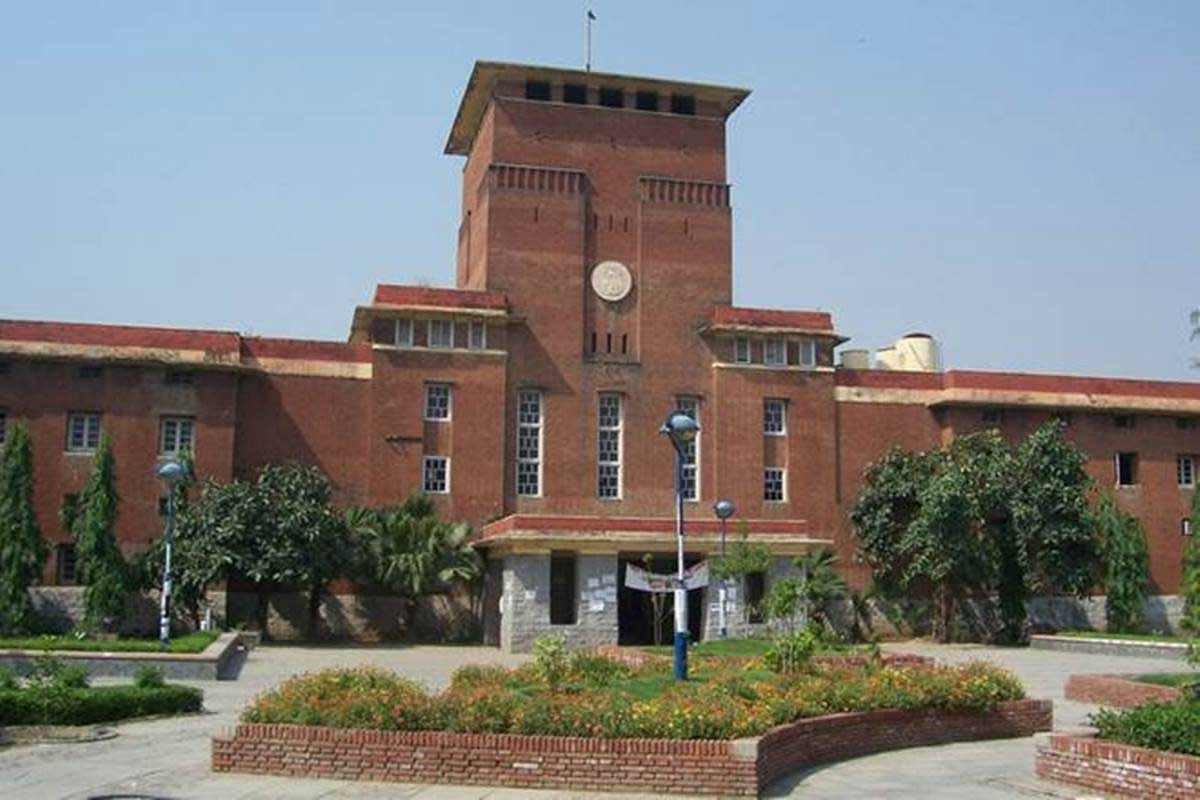
The logic behind common entrance test for central universities

Starting next year (2022-23), a common entrance test (CET) will be implemented across central universities for admissions to undergraduate (UG) and postgraduate (PG) courses.
Last month the University Grants Commission (UGC) wrote to the vice-chancellors of the 45 central varsities that, “after detailed deliberations”, it had been decided that the National Testing Agency would conduct the CET.
In recent years, high cutoffs for admission to premier institutions such as the Delhi University have underlined the need for alternatives. The UGC hopes its decision will create a level playing field.
The Central Universities Common Entrance Test (CUCET), an all-India test for admission to various integrated, UG, PG and research programmes in several central and state universities, was launched in 2010, a year after 12 new central universities had been set up.
In the year of its rollout, seven new central universities adopted CUCET, for admissions to 1,500 seats in 41 UG, PG and integrated courses.
Over the years, the list grew, and this year 12 central universities held CUCET with the assistance of the NTA, which functions under the Ministry of Education.
The UGC has been keen to bring more central universities under the ambit of the CUCET ever since the National Education Policy, 2020, advocated this.
Last December, it set up a seven-member committee under R P Tiwari, vice-chancellor, Central University of Punjab, to prepare a plan to implement CUCET from 2021-22. The committee’s report gave the proposal the go-ahead, but the UGC had to shelve the plan due to the challenges posed by COVID-19. The latest push came on November 22, when the UGC held a meeting with the vice-chancellors of the 45 central universities.
The tests will cover sciences, humanities, languages, arts, and vocational subjects, and they are likely to be held at least twice every year.
At present, the CUCET papers consist of two segments. Part A tests a candidate’s skills in language, general awareness, mathematical aptitude and analytical problems; Part B covers domain knowledge. Both papers contain multiple choice questions. For admission to MBA, LLB and MCA courses, there is one paper comprising 100 multiple choice questions covering English, reasoning, numerical ability, general awareness and analytical skills.
The tests are not applicable to engineering and medical courses offered by some central universities. These will not be included in the new pattern either.
Although the UGC has not yet announced the pattern of the exams once they are expanded, the panel report says the test for the UG level would be in two parts. Section A, a common aptitude test, will have 50 questions; Section B will be a domain specific test comprising 30 questions each from a chosen combinations of subjects. The committee also recommended that to begin with, a minimum 50 per cent of a candidate’s CUCET score should be factored in during admissions to UG courses.
In its new form the CUCET might also be called Common Universities Entrance Test.
The committee also recommended that existing policies regarding quotas, subject combinations, preferences, etc, that govern a particular university will remain applicable even after the rollout of a common test.
The Rationale
The NEP, 2020, envisages that CETs will test the conceptual understanding and ability to apply knowledge, and will aim to eliminate the need for taking coaching for these exams. The flexibility of the NTA testing services will enable most universities to use these CETs “rather than having hundreds of universities each devising their own entrance exams”.

